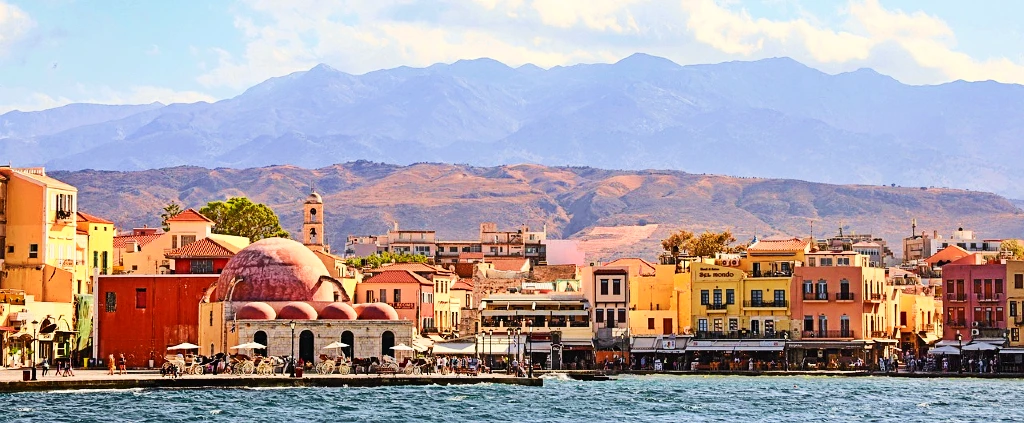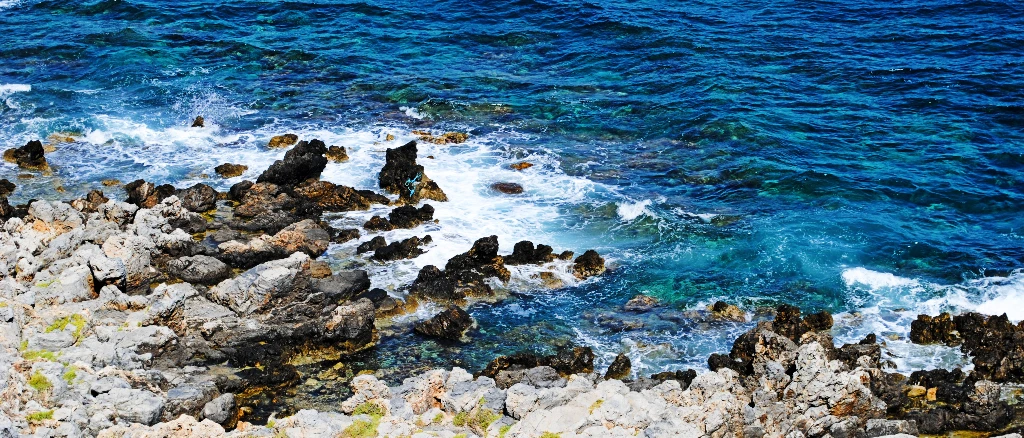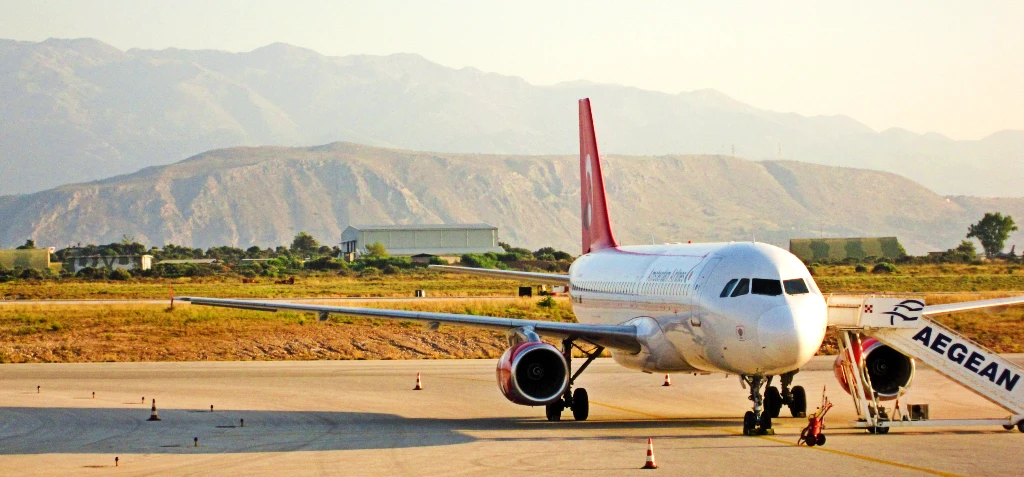Chania in Crete
Last update: 01.02.2025
Chania, the second largest city on the Greek island of Crete, is a place full of history and charm. Over the years, different cultures have shaped this place, leaving behind interesting buildings and cultural traditions. From 1847 to 1972, Chania was the capital of the island, which shows how important it is in the history of Crete.

Chania harbour (Picture Julian Hacker z Pixabay)
A walk through the Old Town of Chania
The Old Town of Chania is a real gem. It is a labyrinth of narrow streets, fragments of Venetian defensive walls, beautiful residences, fountains and churches, and every corner hides something special. Walking here, you can feel the spirit of bygone eras. Venetian buildings intertwine with Turkish accents, creating a unique atmosphere.
The Venetian Harbour - symbol of Chania
It is one of the city's greatest attractions and dates back to the 14th century. It houses nine stone arsenals that were once used to build and store galleys.At the entrance to the harbour stands a distinctive lighthouse. It was originally built by the Venetians in 1570 and rebuilt by the Egyptians in 1830. The harbour is a place that delights at any time of day or year.

The coast of Crete (own photo)
History of the City of Chania
The city of Chania has a long and interesting history. It was founded in the 4th century BC by the Minoan settlement of Kydonia. In 69 BC, the Romans took control of the city. In the 13th century, the Venetians built defensive walls around the Old Town and made it an important trading point. These walls still stand today, though only part of them remain. In 1645, the city was conquered by the Turks, but in 1898 it was liberated and became the capital of an independent Cretan state. In 1913, Chania and the whole island of Crete became part of Greece.
Tourist Attractions
- Venetian Harbor and Lighthouse – a pretty place with history.
- The Folklore Museum and the Archaeological Museum – places where you can learn about the city's culture and past.
- Turkish Bath (Hamam) – an example of Turkish heritage in Chania.
- Market Hall – an ideal place to buy local products such as olive oil, cheese, spices or handmade souvenirs.
- City Park – a peaceful place to rest

Chania International Airport (own photo)
Convenient access and location
Chania has an international airport with charter and scheduled flights to Athens and other cities. The city is also well connected to the rest of Greece, with ferries departing from the port of Piraeus. Car rental and bus services are available to explore Crete.
Chania on the map of Crete
Why is Chania worth visiting?
Chania is one of Greece's most beautiful cities, offering a perfect blend of history, culture, and stunning landscapes. Its rich past is reflected in the diverse architecture, from Venetian mansions and Ottoman relics to neoclassical buildings. Strolling through its charming Old Town, you can explore narrow alleyways, admire centuries-old landmarks, and experience the vibrant local life. The Venetian Harbor, with its picturesque lighthouse, is an ideal spot to enjoy a sunset, while the city's museums provide fascinating insights into its historical heritage.
Beyond history, Chania delights visitors with its warm hospitality and excellent cuisine. Traditional tavernas serve fresh seafood, Cretan cheese, and world-renowned olive oil, making every meal a culinary adventure. Whether you're relaxing in the Municipal Park, shopping for handmade crafts in the bustling market, or taking a boat trip along the coast, Chania has something for everyone. See for yourself and discover the extraordinary charm of this unforgettable city!
Get to know Chania
| Category | Category |
|---|---|
| Location | The second-largest city on Crete, former capital of the island (1847–1972). |
| Accessibility | International airport, ferry connections from the port of Piraeus. |
| History | Founded as Kydonia in the 4th century BC, conquered by the Romans (69 BC), Venetians (13th century), Ottomans (1645), and annexed to Greece (1913). |
| Old Town Attractions | A maze of narrow streets, Venetian mansions, fountains, churches, and remnants of defensive walls. |
| Venetian Harbor | 14th-century harbor with a lighthouse (built in 1570, reconstructed in 1830) and nine stone arsenals. |
| Museums | Folklore Museum, Archaeological Museum. |
| Turkish Heritage | Turkish bath (Hamam). |
| Shopping | Municipal Market: local products (olive oil, cheese, spices), souvenirs, and handicrafts. |
| Recreation | Municipal Park – an ideal place to relax. |
| Unique Style | A blend of Venetian and Turkish architecture. |